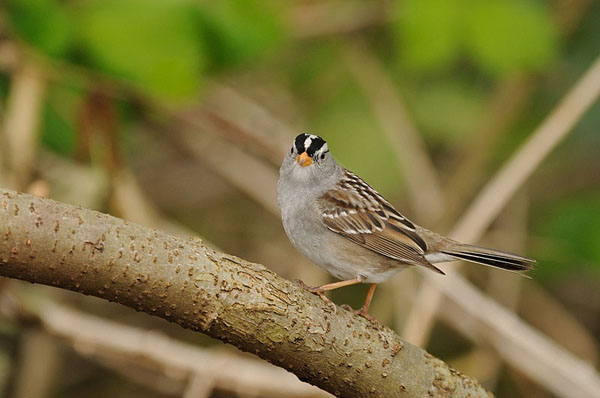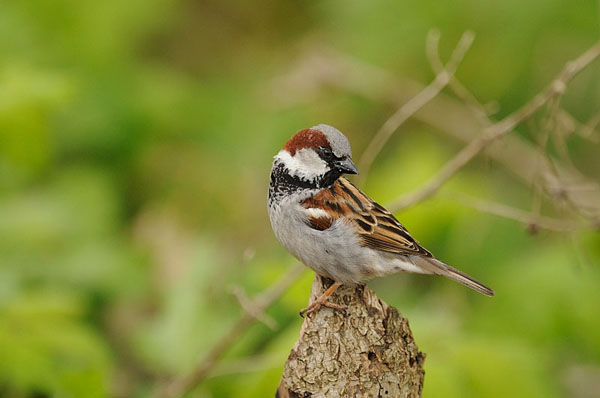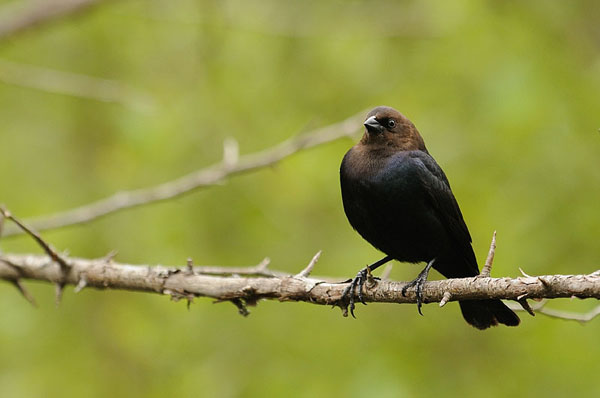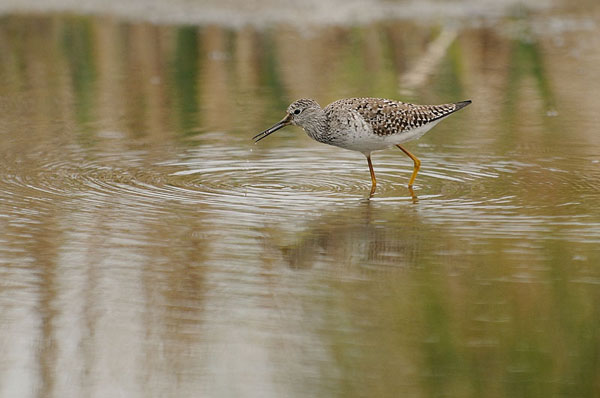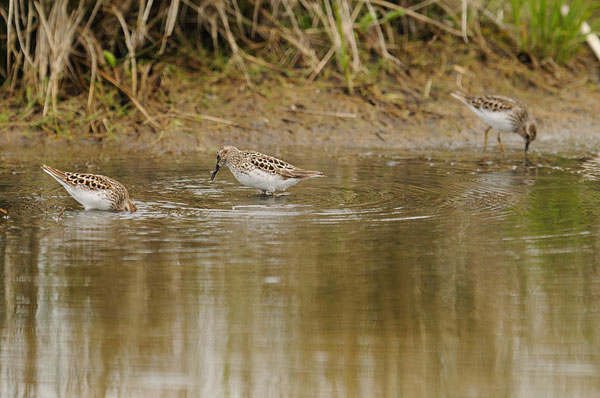It has been longer than usual since my last post. An ongoing and urgent family medical situation has kept me busy when not working. A small window of opportunity opened up this afternoon I headed out to Reifel.
I used bird families in the title and the first up is Emberizidae. This large group includes Towhees, Sparrows, Juncos, Longspurs and Buntings. The two I managed to capture this afternoon were,

… this White-crowned Sparrow,
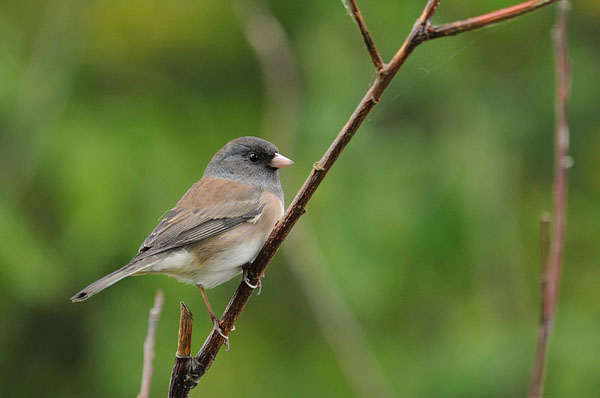
… and a Dark-eyed Junco. Both of which seem to be present in greater numbers the last couple of weeks. This is normal for this time of year and into the winter season. Still no sign or further reports of the White-throated Sparrow.
Next up, Picidae, or woodpeckers.

This Pileated Woodpecker was busy looking for insects in this old snag,

… while this Northern Flicker was foraging along the ground.
Last but not least Gruidae, or cranes. In this case Sandhill Cranes of which there were 36 in the outer ponds this afternoon. I think that is the highest count I have seen there. I got the following series of shots of a juveniles running taking off.




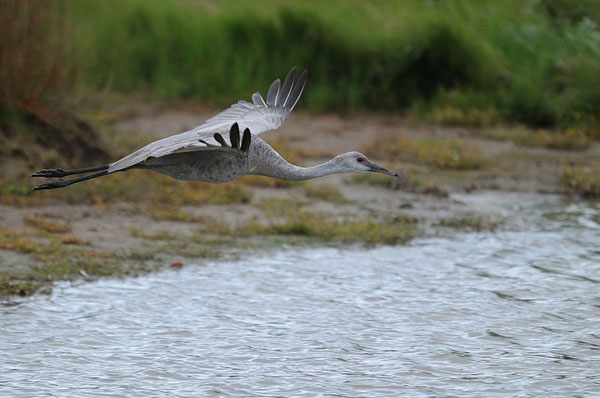
It was a nice break from what has been a hectic week or so.

